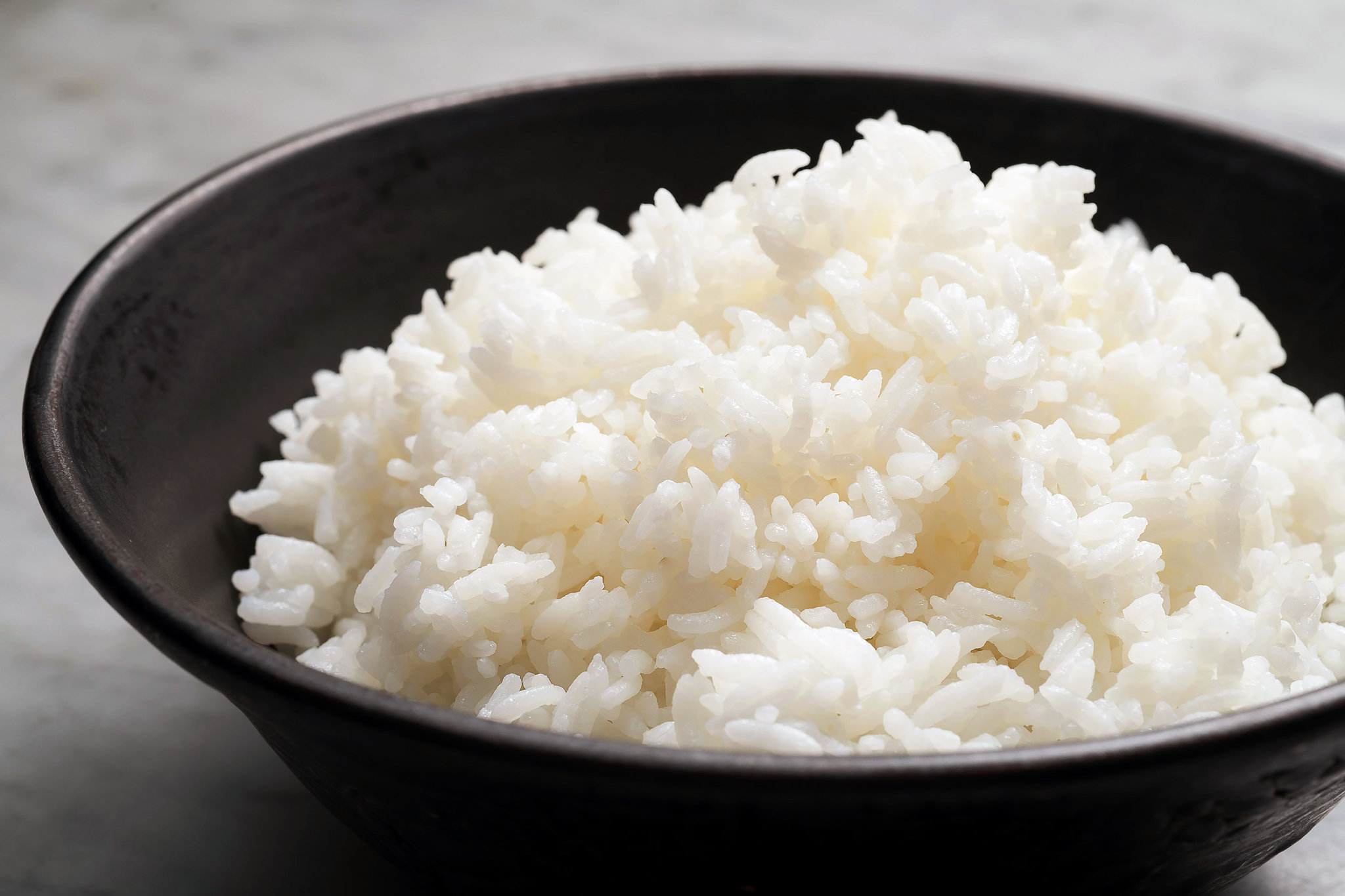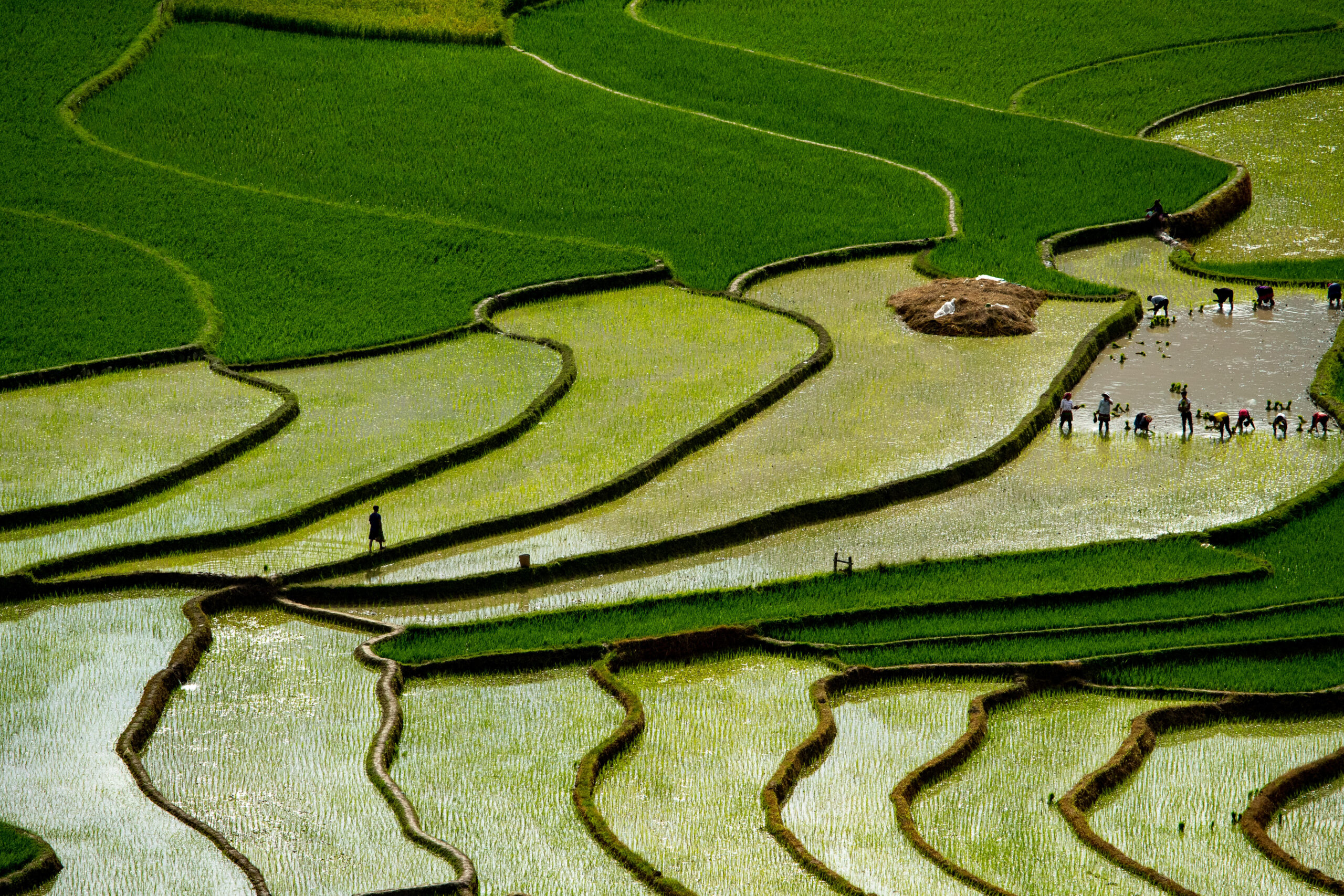Last Updated on June 3, 2024 by Annie Baldwin
Rice is a staple food for billions of people worldwide, but its production can harm the environment in serious ways.
Understanding rice’s environmental impact is key to making informed choices about sustainable diets.
This article explores whether rice can ever be considered an eco-friendly food option.
Is Rice Environmentally Friendly?

Rice production has a significant environmental impact, contributing substantial greenhouse gas emissions and requiring large amounts of water.
However, rice emits less greenhouse gases per calorie than some other grains.
More sustainable practices like alternate wetting and drying of paddies can reduce emissions.
Choosing eco-labeled, organic, or basmati rice supports more environmentally friendly production methods.
While not the most sustainable crop, steps can be taken to reduce rice’s environmental footprint.
Key Points
- Rice cultivation emits methane, a potent greenhouse gas.
- Rice requires large amounts of water to grow.
- Sustainable practices like alternate wetting and drying can reduce emissions.
Our Opinion
Rice is a staple food for much of the world’s population, but its production has a significant environmental impact that must be addressed.
While rice compares favorably to some other grains in emissions per calorie, the scale of production means its total emissions are substantial.
More sustainable practices exist but need to be widely adopted.
Eco-labels help consumers choose rice grown with lower emissions and water use.
Overall, rice production needs to become more sustainable to balance food security and environmental protection.
Does Rice Production Harm the Environment?

Rice cultivation unfortunately has significant negative environmental impacts in two key areas:
- Methane emissions – Rice paddies produce large amounts of methane, a potent greenhouse gas that contributes to climate change. Rice emits more methane per calorie compared to other grains.
- Water use – Rice is a very water-intensive crop. It requires 2-3 times more water than other staple cereals like wheat or corn. Rice production strains limited freshwater resources.
Together, these factors mean rice contributes about 2.5% of human-caused greenhouse gas emissions globally – comparable to international air travel. Brown rice has a smaller climate footprint than white rice due to being a whole grain. However, all types of rice carry high water scarcity risks exacerbated by the climate crisis.
The Sustainable Rice Platform launched an ecolabel to help consumers identify options with improved sustainability. But fundamentally, rice remains water-intensive and methane-producing compared to other grains.
Methane Emissions from Rice Paddies

Rice cultivation results in high methane emissions due to the flooding required to grow paddy rice. Flooded soils create anaerobic conditions where methane-producing microbes thrive. The IPCC estimates that rice paddies generate 10-30% of global methane emissions from agriculture.
Research shows that techniques like alternate wetting and drying of paddies can reduce methane emissions by 30-90% compared to continuous flooding. However, these approaches require more labor and monitoring. Many rice farmers still use traditional flooding methods, especially in developing countries.
Compared to grains like wheat and corn, rice has among the highest greenhouse gas emissions per calorie produced. Shifting diets away from rice could significantly lower agriculture’s climate impact. However, rice remains crucial for food security in many regions.
More climate-friendly rice farming practices are needed. But rice’s underlying methane problem can’t be eliminated entirely. Eating less rice may be necessary for consumers concerned about their climate footprint.
Water Usage for Rice Cultivation
In addition to high greenhouse gas emissions, rice is also one of the most water-intensive crops. Rice paddies require extensive irrigation, with flooded conditions for much of the growing period.
Rice uses 34-43% of the world’s irrigation water despite accounting for just 3% of agricultural land. In Asia, rice farming utilizes 50-60% of irrigation water supplies.
With increasing water scarcity globally, rice’s high water usage is concerning. Many major rice producers like China and India face acute groundwater depletion due to irrigation demands.
Water-saving techniques like alternate wetting and drying can reduce rice’s water use by 30%. However, these approaches require changes to traditional practices. Adopting drought-tolerant rice varieties is another solution.
Consumers can also reduce water footprints by choosing rice from rainfed systems, like basmati or jasmine rice. Overall, reducing rice consumption may be necessary to sustainably manage freshwater resources.
Sustainable Rice Production Practices
While rice has significant environmental impacts, there are ways to improve its sustainability. Here are some solutions producers and consumers can consider:
- Low methane rice varieties – Scientists are breeding rice cultivars that emit less methane while maintaining yields.
- Alternate wetting and drying – By periodically drying paddies, methane emissions fall without hurting yields.
- System of Rice Intensification (SRI) – This set of growing practices reduces water use while increasing yields.
- Organic rice farming – Utilizing natural pest control and fertilizers lowers pollution and emissions.
- Paddy-upland rotation – Rotating rice with upland crops improves soil health and reduces fertilizer needs.
- Reduced tillage – Limiting soil disruption increases soil carbon storage.
- Buying certified sustainable rice – Look for sustainability certifications like Organic, Rainforest Alliance or Fairtrade.
- Choosing rice with lower climate footprints – Opt for rice from rainfed or upland systems, which have lower emissions.
Rice farming must adopt sustainable practices to reduce its climate and water impacts. But consumers can also play a role by making informed choices.
Is Rice More Environmentally Friendly Than Other Crops?
Compared to some other staple crops, rice has advantages and disadvantages for the environment.
On one hand, rice needs a lot of water to grow – around 2,500 liters per kilogram. That makes it more water-intensive than wheat or maize. Flooded rice paddies also produce methane, a potent greenhouse gas. And rice often requires nitrogen fertilizer, leading to emissions during production.
However, rice has a lower carbon footprint per calorie compared to meat and dairy. And since rice provides 20% of calories globally, it feeds more people per acre than wheat or corn. When grown without flooding, like upland or rainfed rice, emissions are lower too.
No crop is perfect. However, some rice production systems are more eco-friendly than others. Buying certified sustainable rice, from upland or rainfed systems, can reduce your climate impact. And eating less rice overall helps lower its environmental footprint.
With smart farming practices and mindful consumption, rice can be part of a sustainable diet. But all crops require resources – it’s about finding the right balance.
FAQ
What Is the Environmentally Friendly Alternative to Rice?
Options like quinoa, amaranth, millet, and sorghum have lower carbon footprints compared to rice. Choosing brown rice over white rice is also more sustainable due to higher nutrient content and less processing.
Does Rice Have a Carbon Footprint?
Yes, rice cultivation and production contributes around 2.5% of global human-induced greenhouse gas emissions, comparable to international aviation emissions. The majority of emissions come from methane released from flooded rice paddies.
Is Rice a Sustainable Resource?
Rice production is threatened by climate change, water scarcity, and environmental degradation. However, more sustainable practices like alternate wetting and drying of paddies, organic fertilizers, and conservation agriculture can reduce the environmental impact. Choosing eco-labeled or basmati rice supports more sustainable production.
Conclusion
While rice is a staple food for billions, its production contributes significantly to greenhouse gas emissions, especially methane. Rice also has a large water footprint and its cultivation can lead to environmental degradation. However, rice has a lower carbon footprint per calorie compared to some grains. More sustainable practices and choosing eco-labeled, organic, or basmati rice can help reduce the environmental impact of rice production. Overall, rice production must become more sustainable to feed a growing population while protecting the planet.
